The history of money as a payment mode goes back thousands of years, with ancient China being at the forefront of its development. The yuan bao was among these monetary developments, as well as serving an important function in Chinese culture and history – questions that we intend to answer in this article.
What is yuan bao – What is a Chinese ingot?
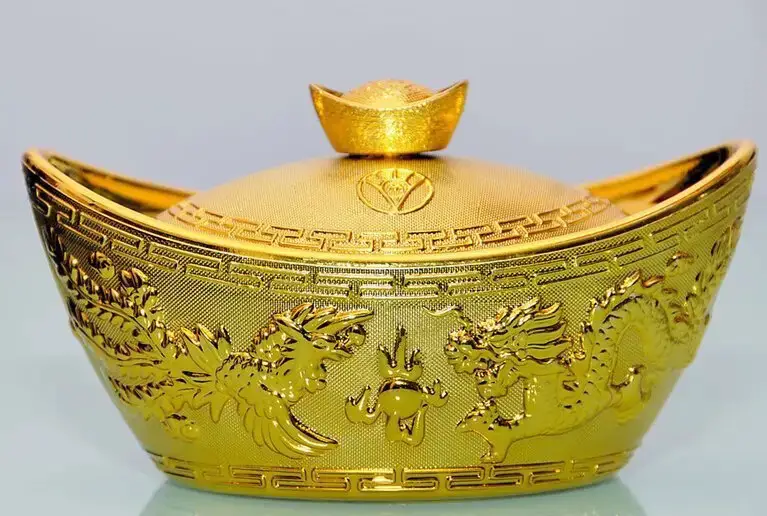
Also known as a sycee in Cantonese, the yuan bao was a variety of currency that was made from silver and gold ingots. It was used in imperial China for thousands of years, starting from the Qin Dynasty which founded the imperial kingdom, until the end of the Qing Dynasty (1911).
Because it was made from gold and silver, its weight was the main indicator of its value. Its weight was measured in taels, a weight measurement used as part of the Chinese measurement system.
Yuanbao meaning in Chinese
Its name translates to ‘imperial treasure’, and these sycee ingots were determined by shroffs (experienced money handlers).
While yuan bao is not in use today as a currency, its cultural value persists in Chinese culture – especially gold yuan bao. Chinese people see them as a symbol of prosperity and wealth, and there is an interesting Chinese New Year tradition where yuan bao is depicted as part of the festival. Additionally, Chinese people burn paper imitations of hell money as well as silver and gold-color papers as part of the ancestral veneration days of the Ghost Festival and Tomb Sweeping Day.
How are Chinese ingots shaped?
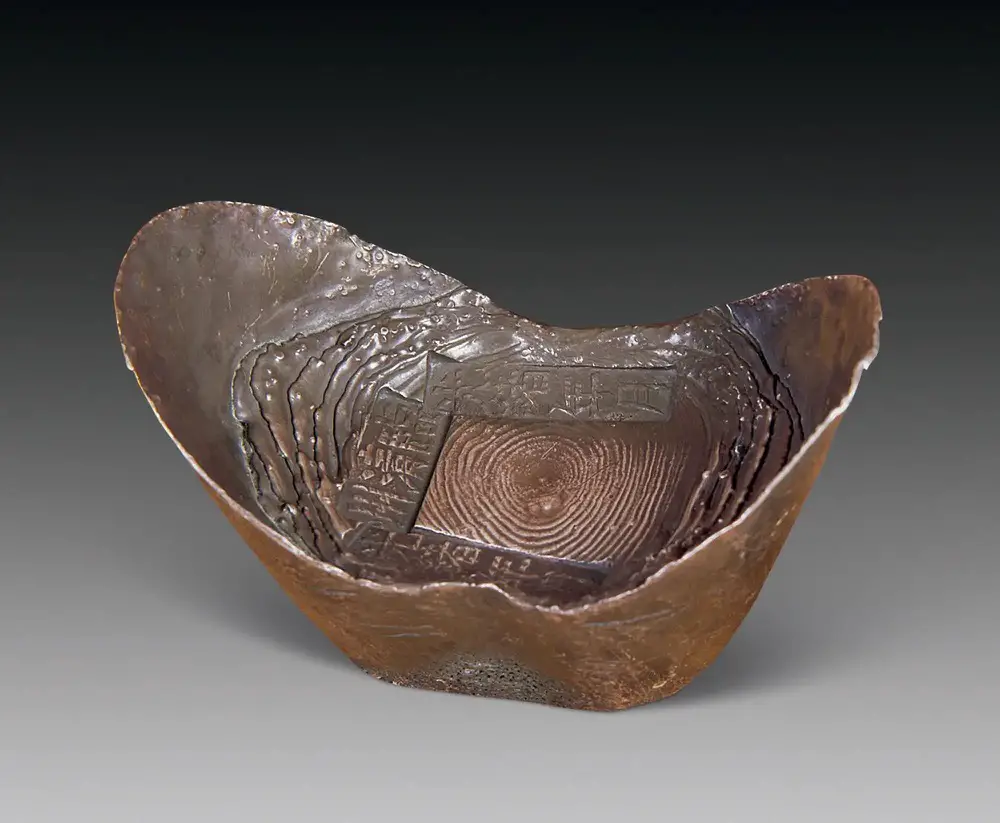
Unlike most currencies, it was not made by mints or central banks. Instead, individual silversmiths and goldsmiths made it for local exchange. Due to this, the details and shapes of every ingot varied greatly, with most ingots being in oval, round, and square shapes (yuan is the Chinese word for ‘round’). Others were in flowers, boats, tortoises, or other shapes.
Yuanbao history in Chinese
The beginnings of the yuan bao as a form of currency are unclear in terms of the exact year, but it is widely known that they began featuring as an exchange medium as early as the years of the Qin Dynasty (which goes back to the 3rd Century BC).
Later on, the use of the yuan bao as a main form of currency changed to bronze coins during the years of the Western Han Dynasty (between 206 BC and 9 AD), but the transaction of high-value goods remained as hoof-shaped yuan bao. These yuan bao ingots were known as ‘Horse-hoof gold’ due to their shape and their gold composition.
Sycee silver meaning
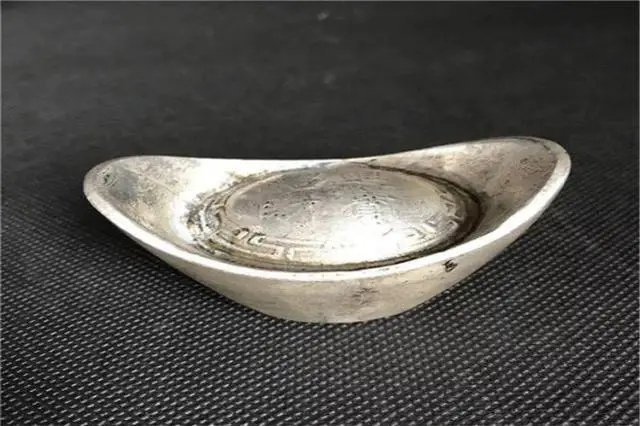
The word ‘sycee’ is a term whose meaning was derived from the Cantonese words that translate to ‘fine silk’. This means the same thing as ‘yuan bao’, which also meant ingots but was used in Northern China. Most sycee ingots were made from silver or gold, with the common weights in use being 1 tael, 5 taels, 10 taels, and 50 taels.
Ancient Chinese gold ingots
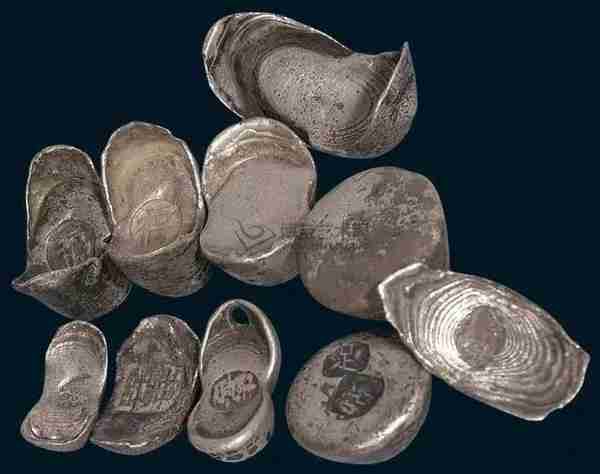
In ancient China, coins were always a form of legal tender from the empire’s early days. The coins were made from gold and silver, as shown by written records from Sima Qian, a historian from the early Han Dynasty (between 206 BC and 220 AD) stating that gold was used to make high-value coins, silver was used in medial-value coins, and copper was used for low-value coins.
These gold coins were also in the form of gold ingots, which the people referred to as yuan bao or ‘jin yuan bao’. Ingots are masses of metal that are shaped into smaller, malleable sizes such as sheets, plates, and bars.
How to make a Chinese gold ingot
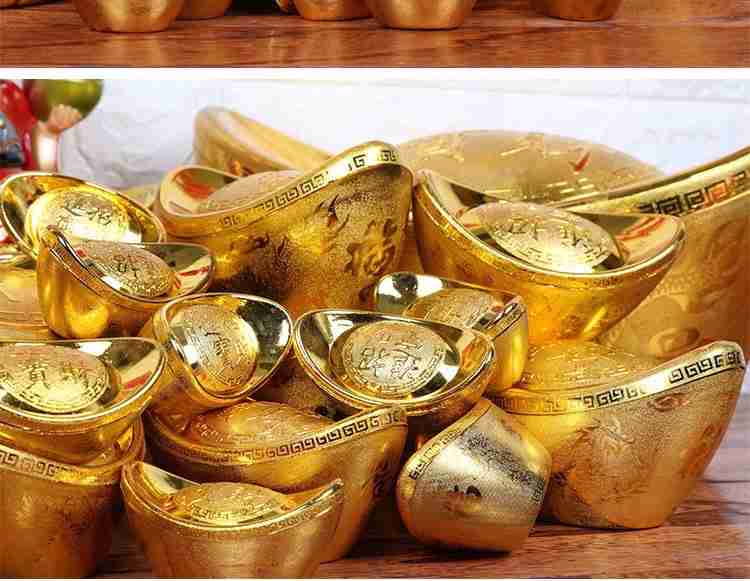
If you want to make these ingots, you can use paper in silver or gold colors. In most cases, the use of gold-colored paper is common to depict wealth and prosperity. In terms of folding the paper and making the classic boat yuan bao shape, we will explain the steps in the next section.
How to fold Chinese gold ingot
To fold the Chinese gold ingot, follow these steps:
- For this exercise, you will use gold-colored paper measuring 6 inches by 6 inches, or any other size you prefer. Make sure the colored side is facing downwards.
- Fold this paper in half, and make sure you mark it on its edge by pinching this area slightly (avoid using pens or markers to do so, as you do not want visible marks on the finished yuan bao nugget). Mark this point as point A.
- Fold the lower half of the paper to meet the marked edge, and pinch its halfway point slightly – the same way you did in the step above. Mark the pinched area as point B.
- Fold the entire lower quarter of the paper to join point B.
- Fold the upper part of the paper down to meet the lower edge.
- On the paper’s right side, fold the upper right corner. The aim is to ‘join’ it to the paper’s lower edge, forming a trapezoid-like shape.
- On the paper’s left side, fold the lower left corner. The aim is to ‘join’ it to the paper’s upper edge.
- Rotate the paper in an anticlockwise direction, and then flip the paper.
- Fold the paper in half.
- Flip the paper again.
- In a right-left direction, fold the paper and tuck any hanging edges under it.
- Flip the paper, and then fold the right side to tuck it under it.
- You can now shape the gold yuan bao by using your fingers to open it. Do so as you flatten the top section.
What is a yuan bao goldfish?
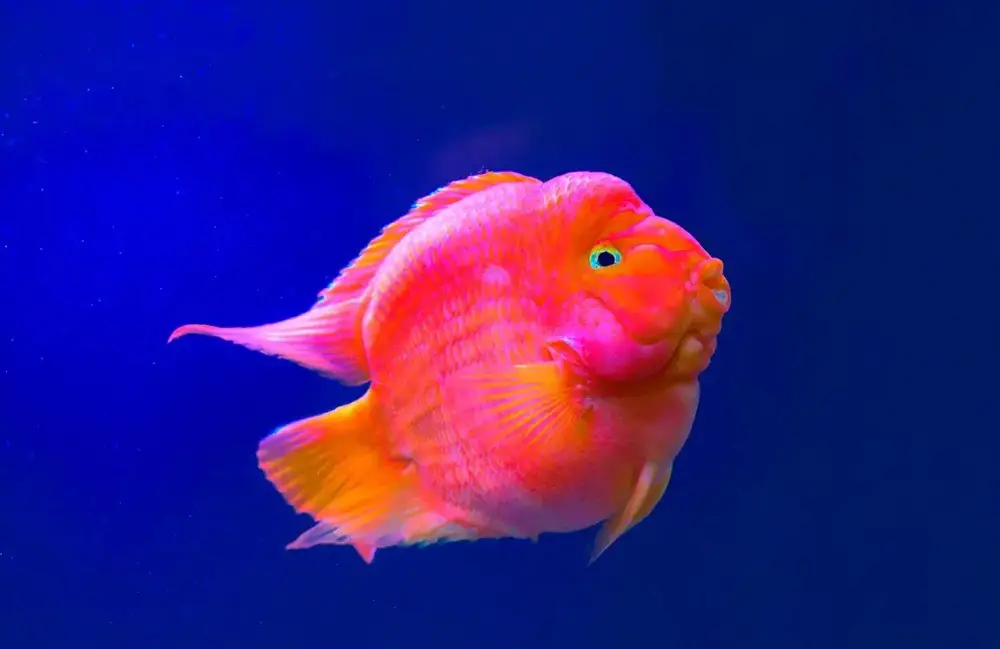
Similar to the association of gold yuan bao with wealth, the ‘yuan bao goldfish’ is seen as a symbol of good luck in Chinese culture. Goldfish are usually seen as auspicious fish, with a unique species known as ‘ingot goldfish’ being seen as a very lucky symbol.
The goldfish is a uniquely Chinese creation, and it is a product of breeding a Ranchu with a Ryukin. It has short fins, a box-shaped face, and a large, short body, which looks like an ingot.
Conclusion
The yuan bao has a very long history in ancient China, and it is worth knowing to understand why it is still regarded highly as a symbol of luck to this day.